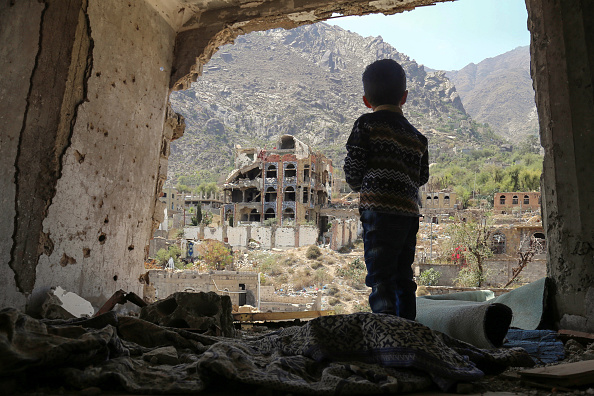I don't believe you at all.
The Nazis had no control over any corporation.
{...
Frames and cores of several makers share a similar design. This is due to the fact that the company of Steinhauer & Lück (S&L) is known to have manufactured frame and core dies for several smaller companies.
Not every II Class Cross features a maker’s mark, although, if there is one present it will generally be stamped on the ribbon ring. Each firm was allocated a manufacturing number to indicate which decorations they had produced. Firms that were licensed to produce official state awards were issued Lieferant Numbers by the Präsidialkanzlei des Führers, referred to as PKZ numbers. Some firms were licensed to produce private-purchase replacement awards and were issued LDO (Leistungsgemeinschaft Deutscher Ordenshersteller) numbers. LDO pieces were stamped with a maker’s code that had an “L/” prefix, while Präsidialkanzlei items were stamped with numbers without a prefix.
Unmarked crosses were manufactured between the beginning of the war and late 1942 or early 1943. At that time the PKZ requested all crosses to be numbered. LDO marked crosses were first produced in early 1941. However, II Class Iron Crosses with LDO numbers are actually relatively rare.
More than 60 companies are known to have produced the II Class Iron Cross, in varying quantities.
The standard size of the II Class Iron Cross is approximately 44.5 x 44.5mm, although there are versions that are larger and smaller. Along with numerous stickpin miniatures, there is a rare Prinzen sized cross that is around 30.5x33mm. In addition, a larger “Übergröße” (oversize) cross was produced by maker Frank & Reif and is around 47 to 48mm, closer in size to the Knight’s Cross of the Iron Cross. The Übergröße cross has a frame produced out of “900” silver. The original reason for these crosses being produced larger than standard ones is unknown.
There is a slimline variation of the II Class Iron Cross that is known as the “Schinkel-form” or “Schinkel” cross. All Imperial Iron Cross awards were modelled after the 1813 Iron Cross, which was designed by Karl Friedrich Schinkel. When the Iron Cross was reinstated in 1939, some manufacturers used existing dies of 1914-style silver frames leftover from the First World War, resulting in crosses with a smaller center and narrower arms, and smaller, more delicate features. This practice was quickly stopped, as Hitler wanted the new Iron Cross to be larger in size. Examples of the 1939 Schinkel cross produced by various companies have been awarded until early 1940.
...}
The Iron Cross was originally founded in 1813 and was considered Germany’s highest military decoration. On September 1st, 1939, Adolf Hitler renewed the Order of the Iron Cross and instituted the decoration in four grades, II Class Iron Cross, I Class Iron Cross, Knight’s Cross and Grand Cross. T

www.medalbook.com
This says Steinhauer & Lück were the main makers of the Iron Cross, that as many as 5 million were awarded, and all Hitler cared about what that they were big enough.

www.theguardian.com

www.leaderlive.co.uk


